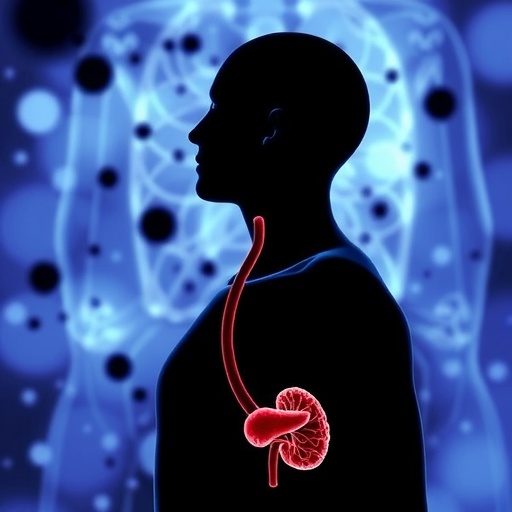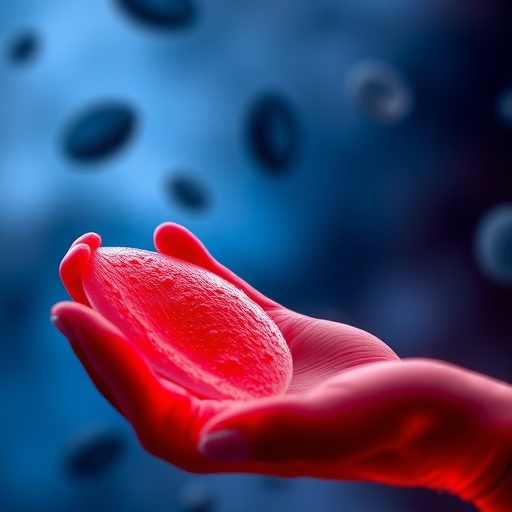Wearable electronics are here — the most prominent versions are sold in the form of watches or sports bands. But soon, more comfortable products could become available in softer materials made in part with an unexpected ingredient: green tea. Researchers report in ACS' The Journal of Physical Chemistry C a new flexible and compact rechargeable energy storage device for wearable electronics that is infused with green tea polyphenols.
Powering soft wearable electronics with a long-lasting source of energy remains a big challenge. Supercapacitors could potentially fill this role — they meet the power requirements, and can rapidly charge and discharge many times. But most supercapacitors are rigid, and the compressible supercapacitors developed so far have run into roadblocks. They have been made with carbon-coated polymer sponges, but the coating material tends to bunch up and compromise performance. Guruswamy Kumaraswamy, Kothandam Krishnamoorthy and colleagues wanted to take a different approach.
The researchers prepared polymer gels in green tea extract, which infuses the gel with polyphenols. The polyphenols converted a silver nitrate solution into a uniform coating of silver nanoparticles. Thin layers of conducting gold and poly(3,4-ethylenedioxythiophene) were then applied. And the resulting supercapacitor demonstrated power and energy densities of 2,715 watts per kilogram and 22 watt-hours per kilogram — enough to operate a heart rate monitor, LEDs or a Bluetooth module. The researchers tested the device's durability and found that it performed well even after being compressed more than 100 times.
###
The authors acknowledge funding from the University Grants Commission of India, the Council of Scientific and Industrial Research (India) and the Board of Research in Nuclear Sciences (India).
The abstract that accompanies this study is available here.
The American Chemical Society is a nonprofit organization chartered by the U.S. Congress. With nearly 157,000 members, ACS is the world's largest scientific society and a global leader in providing access to chemistry-related research through its multiple databases, peer-reviewed journals and scientific conferences. ACS does not conduct research, but publishes and publicizes peer-reviewed scientific studies. Its main offices are in Washington, D.C., and Columbus, Ohio.
To automatically receive news releases from the American Chemical Society, contact [email protected].
Follow us on Twitter | Facebook
Media Contact
Katie Cottingham
[email protected]
301-775-8455
@ACSpressroom
http://www.acs.org
############
Story Source: Materials provided by Scienmag




